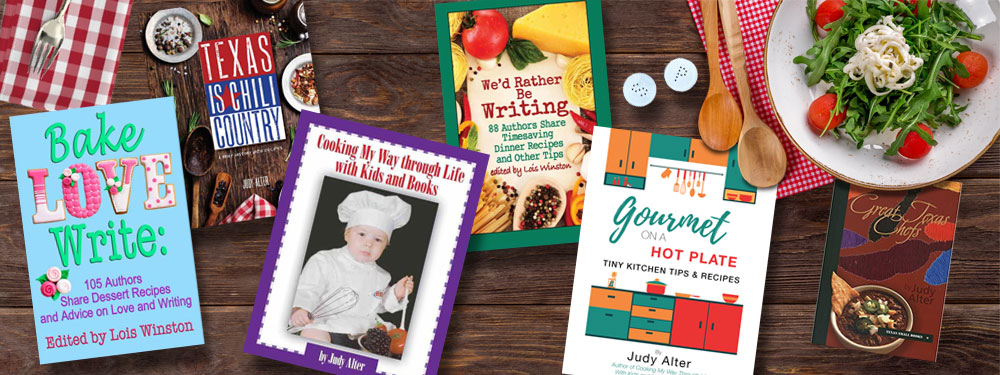Jordan brought me
a recipe the other day she thought sounded wonderful. No wonder! It had all her
favorite things—chicken, cream cheese, sour cream, and green chilies. But it
had no proportions—to get the recipe with amount of each ingredient you had to
download a program that I didn’t think I wanted on my computer (my computer
guru son-in-law always scolds me for the junk on my computer). So I started a search.
Came up with a
recipe I thought sounded good—until I started to make it. It called for
skinless, boneless breast that you pour the sauce over. To me, it sounded better
to use the two large bone-in, skin-on breast I had in the freezer—cook them
first and dice.
A word here about
poaching chicken breasts: thanks to the New
York Times cooking column, I’ve learned a new way to poach chicken pieces.
I always thought boiling them made the meat tough (I’m not a terrific fan of chicken!).
What I now do is put a large pot of water on to boil and season it with some
chopped green onions and black peppercorns. Be sure the pot has a tight-fitting
lid. When the water comes to a full, rolling boil, turn off the heat, slide the
chicken pieces in, and clamp that lid on tight. Let it sit at least two hours—I
prefer three. When you do fish the chicken out, cut to the bone in a test
piece. If it’s still pink, put it back and simmer for another twenty minutes.
Soft, tender meat.
Back to my recipe:
I realized it had cream cheese but nothing to liquefy the sauce. So I added
sour cream. Then, when I got it all together, I thought it needed a topping or
something to finish it off. You can use your imagination here. Corn chips would
have been good, but I didn’t have any. French’s fried onions would also have
worked. I used Ritz crackers because I had them.
So here’s what I
ended up with.
Two large chicken breasts, skin on, bone
in, cooked and diced—about three cups (Yes, you could use rotisserie chicken)
1 8 oz. pkg. cream cheese
½ c. sour cream
1 4 oz. can green chilies
1 cup Monterey Jack cheese, grated
½ tsp. garlic powder
Salt and pepper to taste
For the topping:
½ c. cracker crumbs
2 Tbsp. butter, melted
Mix
casserole ingredients together in a 4x9 baking pan. Top with crumbs or
whatever. Bake at 350 for 30 minutes or until bubbly and hot. What could be
easier?





